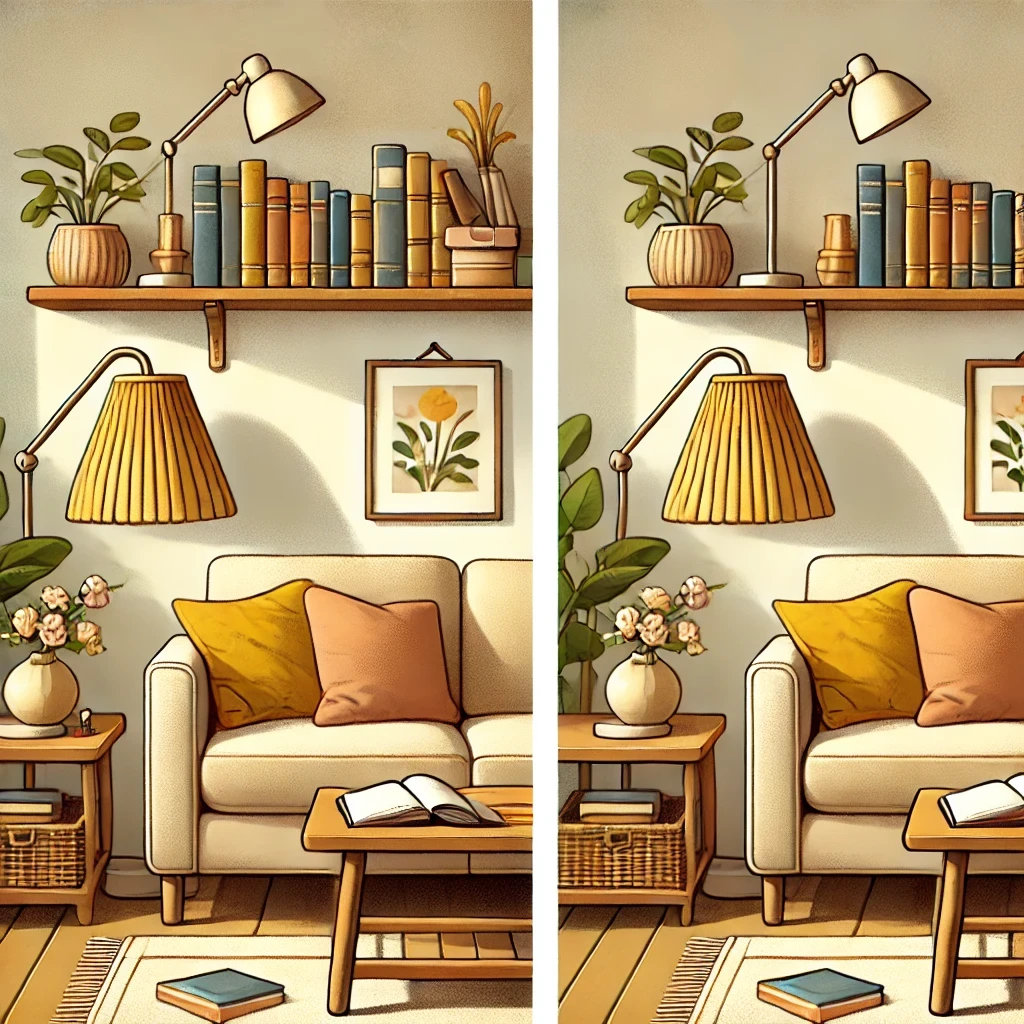In today’s post, I want to focus on one of the most expensive areas of the localization process that ensures the quality delivered to our end users: linguistic quality assurance (LQA).
Currently, the two most common methods of performing LQA are manual testing and automated testing. The biggest challenge with both methods is the amount of time required to prepare the use cases and get them ready for testing.
- With manual testing, someone must create a QA plan with all the steps and accounts that testers need to follow to cover the areas being tested.
- For automated testing, someone from the localization team must gather all the testing information, provide it to the localization automation team, and they will script it, generate screenshots, and pass them to testers, who will then spot and flag any issues that appear in the UI.
Both approaches share a significant downside: the preparation time. Both require someone with deep product knowledge to create the necessary test cases and workflows, which takes time (and money).
Recently, a new option has been gaining momentum: visual testing1. So, what is visual testing, and how can it help us?
Visual testing was originally created to assist front end engineers in determining if UI changes had the desired effect. The tool generates a screenshot of the UI each time a new build is created and compares it with a previously validated version, flagging any discrepancies or changes for human or automated review.
This can be a game changer for localization. First, by using visual testing, the burden of creating scripts shifts to the main functional QA team, with the condition that these tests remain valid when the translated content returns (usually English content is ready before localized versions). This means that when translations are ready, the localization team just needs to rerun the scripts and review the results. Additionally, because of the nature of visual testing, LQA testers can now have access to three key screenshots:
- The original English version
- The updated localized version
- A comparison of the previous localized version vs. the new one
This allows testers to focus on what’s new or updated from the previous test.
With this approach, we save time in two important (and expensive) areas:
- Time and resources – The localization team no longer needs to be deeply familiar with the product/use cases or create all the test cases.
- Testing efficiency – Testers can focus on the changes and new content, while automated processes handle much of the most tedious work.
This approach also enables testing across more platforms and devices in an automated way, leaving human testers to focus on what’s most important.
Thank you for taking the time to read this. I hope you found it informative! While no solution fits all cases (I always recommend a manual test for high-visibility content), this method allows for faster scaling at a more affordable cost.
- There are various visual testing tools available, some of them are Chromatic and BrowserStack for QA testing, and Applitools for LQA purposes. ↩︎
